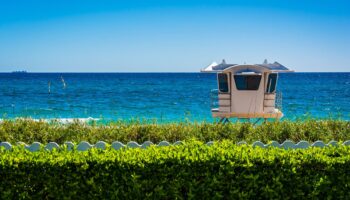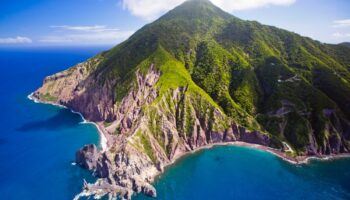One of the reasons I chose to move to Mexico was for the chance to snorkel in what the legendary oceanographer Jacques Cousteau once called the “world’s aquarium.” He was talking about the Sea of Cortez, a stunning body of water nestled between the Baja California Peninsula and the Mexican mainland—just minutes from my doorstep. While this region alone boasts countless incredible snorkeling spots, you’ll find vibrant marine life all across the country, from Banderas Bay on the Pacific coast to the turquoise waters of the Caribbean.
Thanks to affordable, short-haul flights, I’ve had the chance to explore many of this country’s most stunning underwater worlds. This guide is a collection of my personal favorites—the best snorkeling spots in Mexico that I think every ocean lover should experience.

















